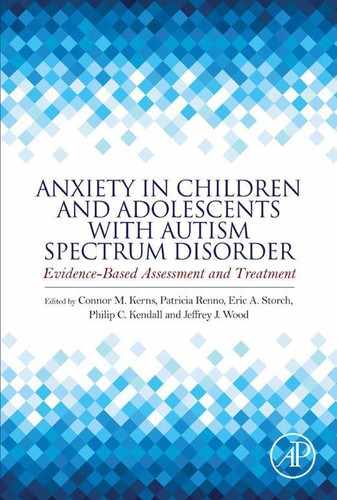Book Description
Anxiety in Children and Adolescents with Autism Spectrum Disorder: Evidence-Based Assessment and Treatment begins with a general overview of the history of research on anxiety in ASD and the path towards evidence-based assessment and treatment methods. Thereafter, chapters focus on the nature of ASD and anxiety comorbidity, the assessment of anxiety in ASD, and its treatment. Later chapters are devoted to future directions for research on this topic, including a discussion of anxiety assessment and treatment for adults and minimally verbal individuals.
Anxiety disorders in children with autism spectrum disorder (ASD) can cause substantial distress and impairment over and above that caused by ASD alone. Emerging research on genetic, psychological, psychophysiological, and psychometric aspects of ASD establish anxiety as a valid and necessary treatment target in this population.
This book is designed to help a broad array of providers who work with children with ASD understand cutting-edge, empirically supported treatments for anxiety, including specific treatment plans and strategies.
- Presents a balanced discussion of the scientific literature on anxiety in ASD
- Provides a pragmatic, clinically applied focus that gives readers a ‘how-to’ guide for the treatment of anxiety in ASD
- Considers the distinct ways in which anxiety presents in children and adolescents with ASD and the challenges this presents to assessment and treatment
- Examines emerging areas of anxiety assessment and treatment research in ASD
